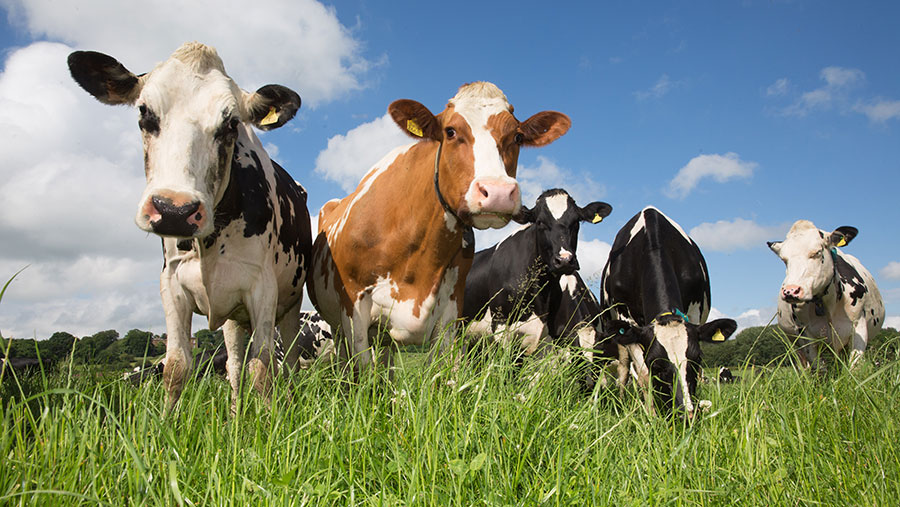Livestock targeted as UN seeks lower methane emissions
 © Tim Scrivener
© Tim Scrivener Agriculture has a key role to play in reducing global methane emissions, so limiting the climate change impact of one of the most potent greenhouse gases, a new UN report has concluded.
This should involve both changes to livestock management and the adoption of healthy diets – eating less meat and dairy produce, or none at all – the Global Methane Assessment report says.
“Cutting methane is the strongest lever we have to slow climate change over the next 25 years and complements necessary efforts to reduce carbon dioxide,” said Inger Andersen, executive director of the UN environment programme.
See also: Time to reward farmers for cutting methane, says Oxford professor
Described as “the most comprehensive analysis of methane mitigation options to date”, the report notes that, over the past decade, global methane emissions have risen faster than at any time in the past 30 years.
This is attributed to three main sectors – fossil fuels (35% of emissions), waste (20%) and agriculture (40%).
The UN report does acknowledge that methane is a “short-lived climate pollutant”, which dissipates after about 10 years.
But it maintains that methane mitigation is still “one of the best ways of limiting warming in this and subsequent decades”.
For agriculture, the UN report says policies should encourage behavioural change – namely reducing food waste, improving livestock management, and the adoption of diets with lower or no meat and dairy content.
One way of encouraging the necessary changes would be a tax on methane emissions, it adds.
Frustration
The NFU says that it accepts that methane emissions need to come down, but is frustrated that policymakers continue to measure it in terms of “carbon dioxide equivalent”, given that methane – unlike carbon – breaks down in the atmosphere relatively quickly.
“It’s really important to get methane measured properly,” said NFU policy director, Andrew Clark.
“If we can produce the same amount of meat and dairy from fewer cattle, then proper methane measurement will show that we are actually cooling the environment.”
This point has been emphasised in a new report from the UK’s Commercial Farmers’ Group, which is calling on the four nations of the UK to adopt a “dual accounting” approach, to better show the real warming impact of methane emissions and the success of different mitigation efforts.
Group member and Yorkshire farmer Andrew Loftus explains that the commonly used GWP100 accounting method is reliable at measuring gases that last hundreds or thousands of years – such as carbon dioxide and nitrous oxide – but does not work for “biogenic” methane from ruminants.
An alternative model, called GWP*, reflects the true warming impact of individual gases and would enable the UK to show that methane emissions from its livestock has been largely static or declining for many years, which could actually produce a cooling effect.
Advantage
NFU deputy president Stuart Roberts says this could be to the commercial advantage of British agriculture.
“At the moment, we have 276 million animals on the planet producing dairy products,” he said.
“If every single one was as efficient as a UK dairy cow, you’d only need 74 million.
“Given that methane is a different gas to carbon dioxide anyway, there are huge opportunities for the UK.
“We have the most sustainable, climate-friendly systems in the world. We just need to find consumers around the world who are conscious to these things and will buy our products.”
